Projects of the Klassik Stiftung Weimar are funded by the European Regional Development Fund (ERDF) and the Free State of Thuringia, represented by the State Chancellery of Thuringia, Department of Culture and the Arts.
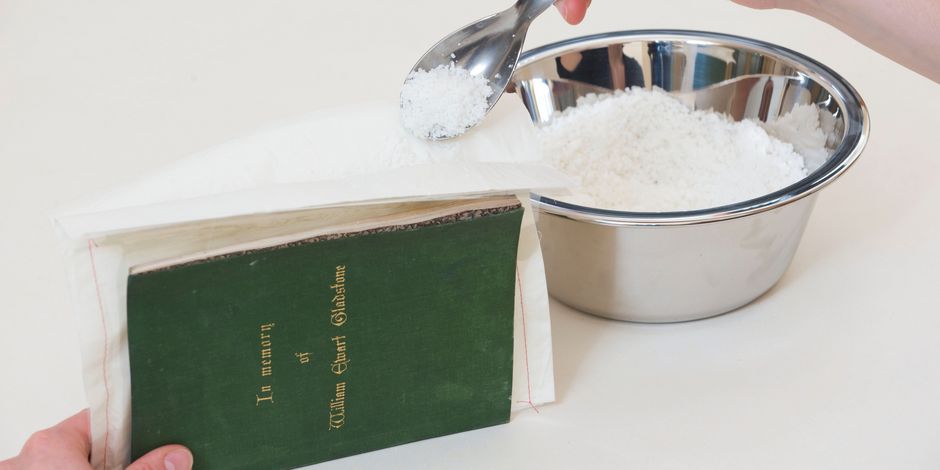
Conservation
Tasks · Methods · Structure
The book conservation department of the Herzogin Anna Amalia Bibliothek is responsible for preserving approximately 1.1 million books using mass conservation methods. The goal is to preserve the items in what is considered to be their authentic condition, which also includes traces of aging and usage. The spectrum of measures includes applying primarily preventative and stabilising preservation methods. Only in justified cases are these to be augmented by restorative and bookbinding-related methods.
Conservation methods
“Preventative conservation” aims to optimise the environmental conditions and thereby ensure the long-term preservation of the items without having to directly modify their materiality and structure. It is the most effective method of mass treatment and involves creating hygienic storage conditions, monitoring and optimising the air-conditioning and lighting, preventing material damage by insect and microbial infestation, using appropriate protective covers (book jackets, containers) and appropriately handling the items in terms of usage, digitalisation and presentation. “Stabilising conservation”, on the other hand, aims to safeguard damaged substance with minimally invasive methods. This prevents the advance of damage and material loss and reduces the risk of further damage when handling the stabilised objects. Compared with preventative measures, the restoration measures more strongly alter the material and technical characteristics of the objects, and therefore, are only applied when treating significant damage. Stabilising conservation methods serve to reconstruct – when scientifically justified – the object’s legible appearance and functionality under the condition that the significance, existing material and technical characteristics of the item are respected. The prior condition of the item and the measures that are carried out must be precisely documented. Many of the used books in the open-access areas of the library are treated with stabilising conservation methods as well as bookbinding repair techniques in order to restore their usability and lessen the risk of consequential damages.

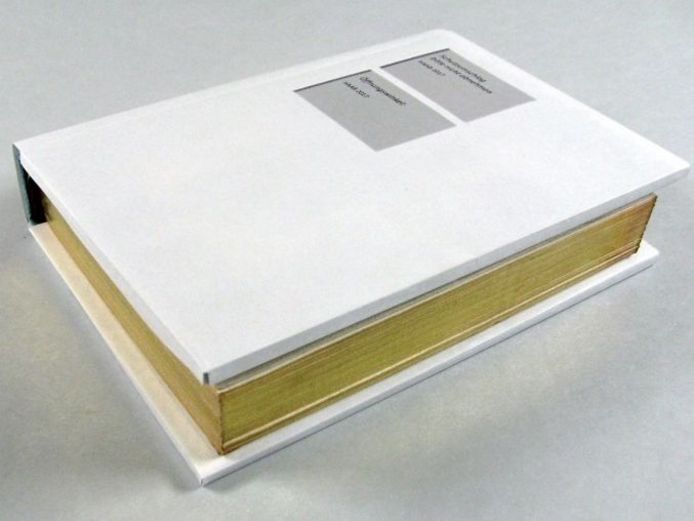
Repairing the fire damage
Even before the fire in 2004, the book conservation activities in Weimar were preservation-oriented. However, they were primarily focused on treating individual items. In view of the enormous number of fire-damaged books, the library had no choice but to institute a systematic mass treatment method. These restoration measures focused on treating severely fire-, heat- and water-damaged books. A team of bookbinders, professional conservators, librarians and a musicologist were appointed to oversee the restoration efforts. The tasks were divided up between the areas of conservation management (procurement), bookbinding restoration (model restoration, contractor supervision), paper restoration (preservation of severely fire-damaged books and musical works, so-called “ash books”), bookbinding workshop (sample production of protective covers and conservation bindings) and stack support. The team was assisted by a team of experts who were involved in all the preservation decisions. The university collaborations which resulted from the restoration efforts (e.g. degree programmes in conservation and restoration sciences with specialisation in books and paper) allowed students to be regularly involved in the practice-oriented development and implementation of book preservation measures in the context of week-long project seminars, internships and thesis work.
In order to address the consequences of the fire, a restoration workshop was set up in Weimar-Legefeld in 2008. Its tasks include mass conservation and restoration of fire-damaged paper and offering training programmes in book conservation and restoration science. The Legefeld facility also serves as an academic training workshop for students.
Restoration after the fire
A project of the academic training workshop
Much of the fire damage has been repaired in the meantime. To safeguard the project findings for the long term and to continue the systematic, conservation-oriented, mass treatment of the no longer catastrophically damaged collection, the HAAB has begun to assess the transfer potential of the developed methods and procedures and integrate them into activities of the conservation department.
Conservation department of the Herzogin Anna Amalia Bibliothek
In 2013 the conservation department at the HAAB was structurally divided into two sub-departments: preventative conservation and restoration. The sub-department for preventative conservation is comprised of the binding and completion office, the bookbinding workshop, the workshop for exhibition technology and the area of preventative conservation with book care. The sub-department for restoration is comprised of the workshop for book conservation and restoration, including bookbinding restoration after the fire and the restoration workshop for fire-damaged documents (Weimar-Legefeld).

The office for conservation management oversees the conceptual direction of the department and the completion of larger contracts in collaboration with experts. The binding and completion office decides on new bindings, repairs and protective formats for the latest acquisitions, awards contracts to bookbinding workshops, labels all media with catalogue numbers, and after adding the corresponding search query details to the electronic library catalogue, grants users access to them. The bookbinding workshop is responsible for assessing whether new acquisitions are damaged by mildew or acidification, developing protective formats, producing new bindings, stabilising books using established conservatorial methods, repairing books with bookbinding techniques, and offering professional seminars in bookbinding with a focus on single and special editions.

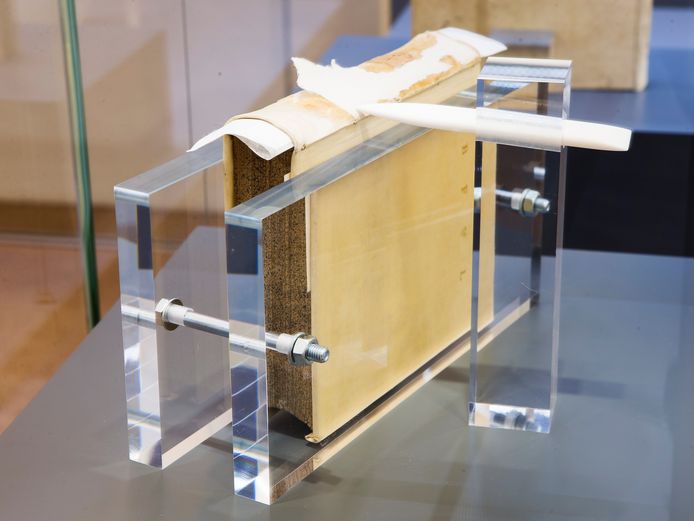
The workshop for exhibition technology is responsible for the presentation of books in a manner suited to their respective condition in all exhibitions and events organised by the Klassik Stiftung Weimar.
The area of preventative conservation offers conservatorial expertise to borrowing requests and answers questions regarding environmental analysis and the proper handling of written cultural assets. The tasks include book care which involves the cleaning of the books and shelving in the historic and modern stacks of the library (Rococo Hall, Book Tower, underground depository, free-access areas, special collection stack Carlsmühle), the microbial or chemical decontamination of books on the safety workbench, the production of basic protective formats, insect monitoring and photographic documentation of loans.
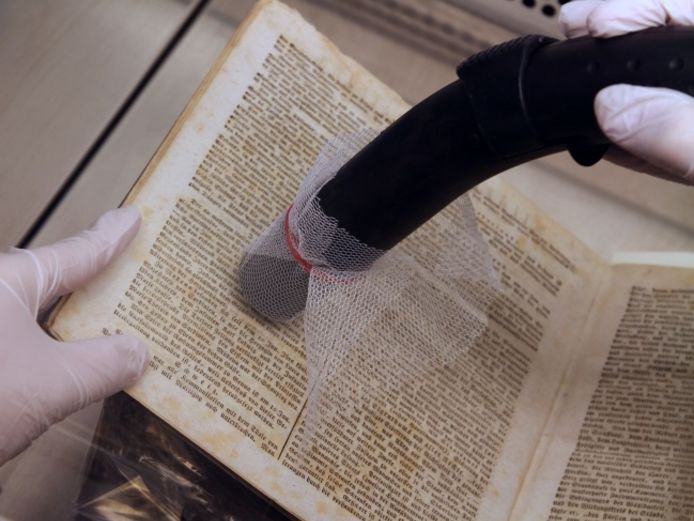
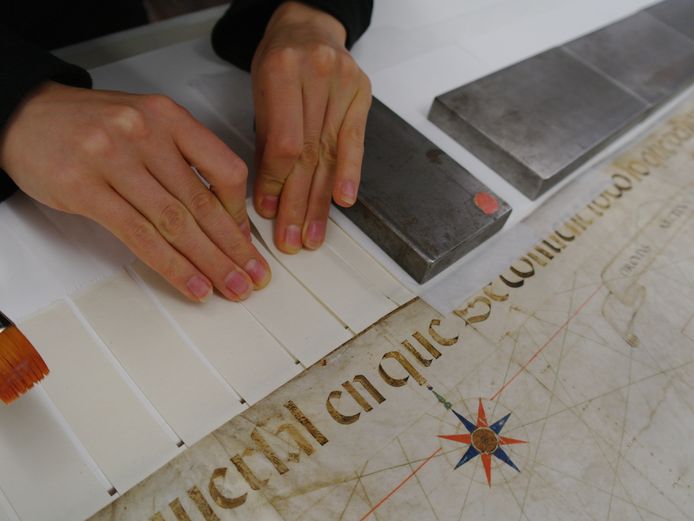
The workshop for book conservation and restoration develops and carries out preventative, stabilising, and restorative measures on books and maps.

